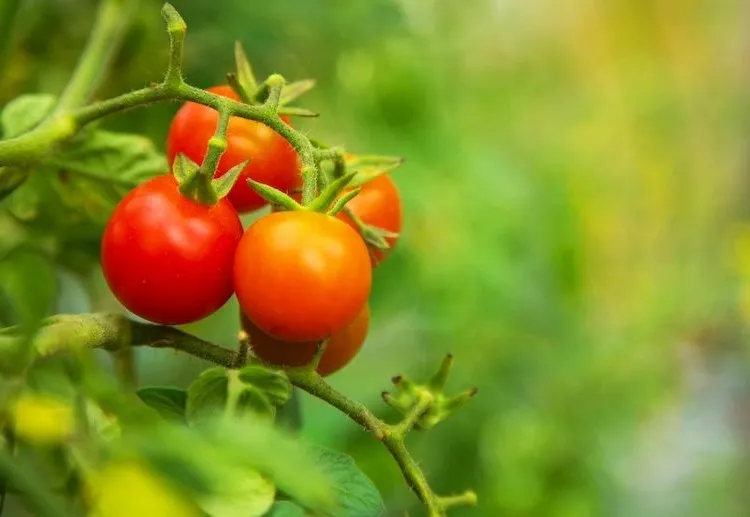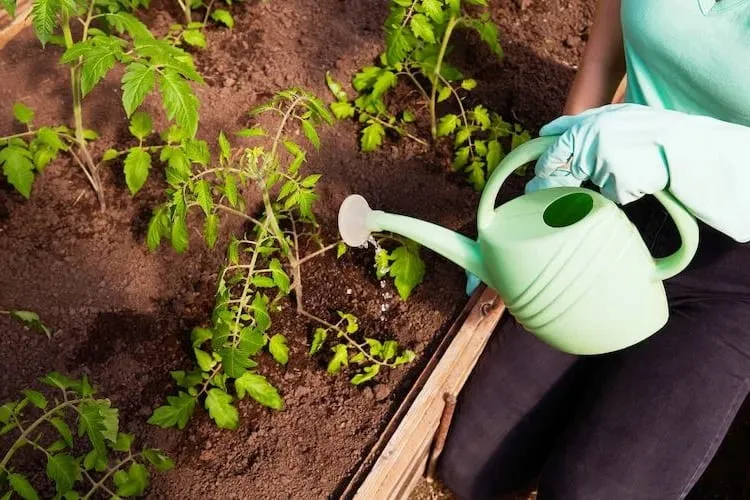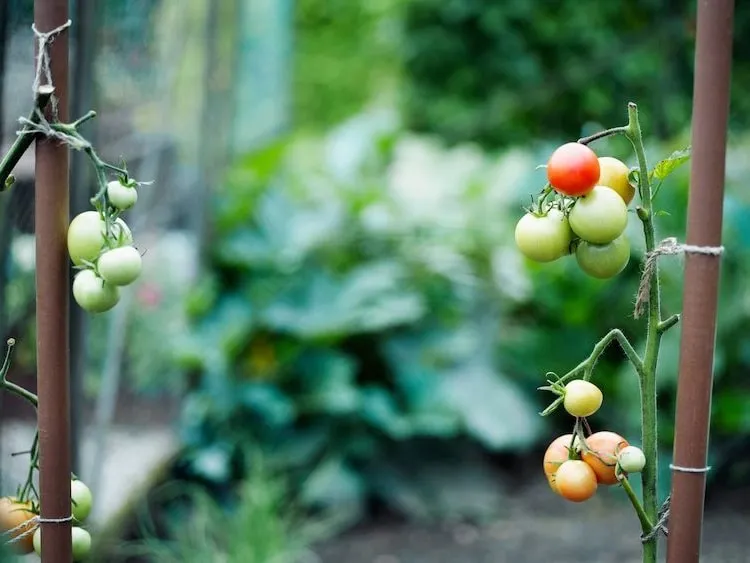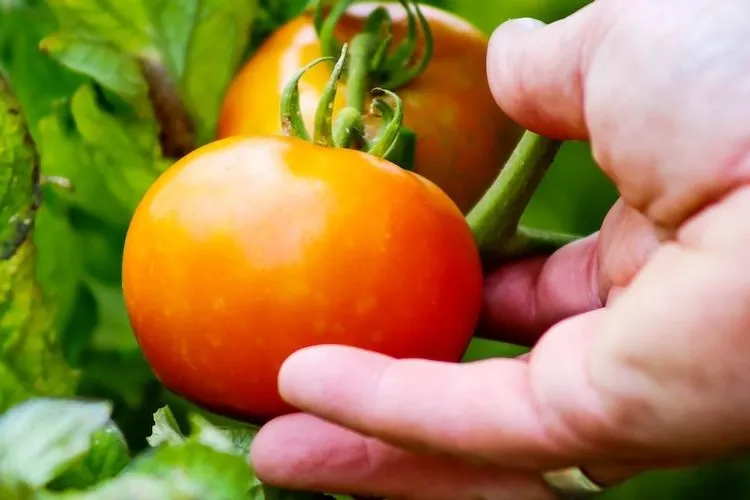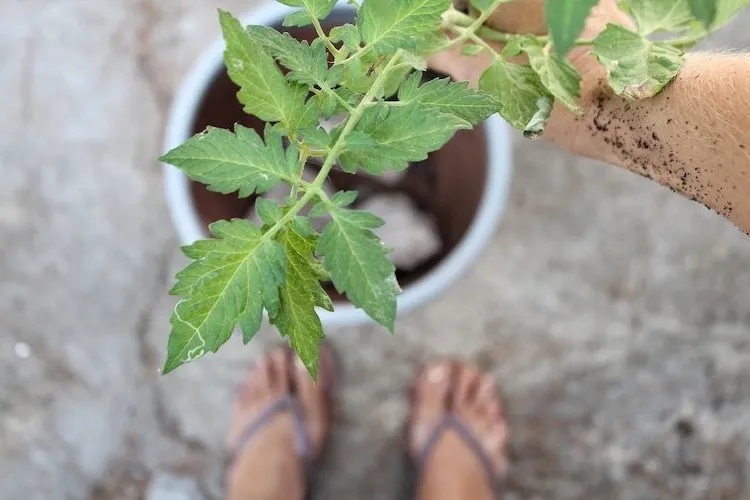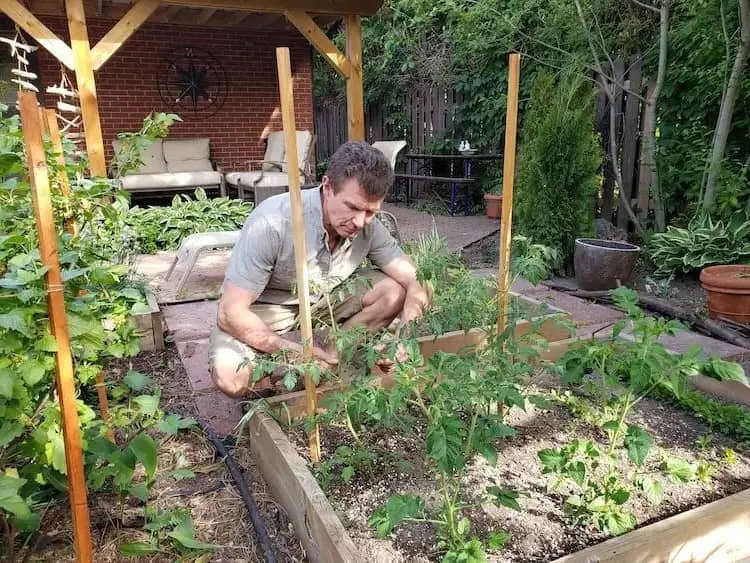These days, there are sustainable ways for gardeners to maximize their yield, but what happens when you water tomatoes with salt water? Study results from 2007 show that seawater can make the fruit tastier and richer in antioxidants in cherry tomatoes. Such watering with diluted salt water has a stressful effect on tomato plants so that they start producing higher amounts of certain compounds. In this way, the plants cope with the stressful conditions, which also changes their growth process. This can be beneficial for garden owners, as it also improves the taste. However, does this watering method also have risks and what else should be considered? Below you will find some useful information and gardening tips.
How Would a Salt Bath Affect the Plants If You Water Tomatoes with Salt Water?
Basically, large amounts of salt actually cause the death of many plant varieties by interfering with osmosis at the roots. This prevents the plants from absorbing water, which usually causes them to wither. However, it is also known that many fertilizer products are salt-based, which is why the salt content in the soil is now much higher than what garden plants would tolerate. As far as tomato plants are concerned, however, they are somewhat more resistant to such fertilizers and salt. This could indeed make the use of brackish water for watering beneficial.
How Does This Watering Method Work for Tomato Plants?
The research published in the April 2007 “Journal of Agricultural and Food Chemistry” suggests that diluted salt solution with seawater does indeed have a positive effect on tomato fruits. A possible reason for this is the so-called environmental impact. The scientists were able to water tomatoes with salt water by irrigating the plants with 10 percent seawater and fresh water. This was done after the seedlings had grown for three weeks and had passed the stage where the solution would have been harmful to them.
The researchers then tested the ripe fruits for taste and nutrients, and found significant improvements. However, the irrigation method also caused the tomatoes to grow smaller. In addition, their weight was slightly lower than that of the control group, but they were sweeter and tastier due to the higher sugar and acid content. Another advantage of this method was that the tomatoes contained more ascorbic acid, vitamin E and antioxidants.
Also read: Why Are My Tomatoes Not Turning Red? The Reasons & 6 Ways to Ripen Them
So, if you water tomatoes with salt water, this would have the effect of drought stress on the plants, as less water is absorbed under these conditions. However, the plant leaves and fruit grow smaller accordingly and may produce stress-related biochemical compounds in response. The end result is that you get smaller fruits with tastier tomato flesh and a higher concentration of various dissolved nutrients. This makes the method beneficial because of the taste and health benefits, but are there any disadvantages?
Can There Be Any Disadvantages If You Water Tomatoes with Salt Water?
The same effect can actually be achieved by watering the tomato plants less during fruit growth. In addition, reduced watering also means smaller fruits and higher concentrations of sugars and other plant substances, which also happens with the method described above. Adding a salt solution can accordingly be skipped and irrigation simply reduced to induce moderate drought stress after the three-week growing stage.
If you water your tomatoes with salt water instead, this could have a negative effect on the soil conditions in your garden. There is some concern that this would deteriorate the garden soil and make neighbouring garden plants in the bed unpalatable. Although the study authors claim that plants thrive in balanced soils that contain both macro and micro nutrients, some professional gardeners disagree. According to them, sodium is not a micronutrient for the plants and therefore tends not to improve the soil.
Alternative Fertilization Method with Epsom Salt
Epsom salt, also known as magnesium sulphate, contains about 10 % magnesium and 13 % sulphur. It is a water-soluble crystal that transports calcium to the tops of tomatoes, peppers, and cucumbers. It also facilitates the uptake of essential nutrients that plants need, such as nitrogen, sulphur, and phosphorus. Here are some ways you can similarly water or fertilize tomatoes with salt water.
- Treat tomatoes planted in a pot with Epsom salt: Dissolve 1 tablespoon of Epsom salt in 4 litres of water and then water the tomato plants. Wait until the salt solution starts to flow to the bottom of the pot, and do this every 3–4 weeks. This way you can increase the production of tomatoes and improve their taste.
- Use Epsom salt for seedlings for tomatoes: Pour 1 tablespoon of Epsom salt into the hole where you want to plant your seedling and cover it with soil. Make sure beforehand that the roots do not come into contact with the magnesium sulphate. This will prevent the stems and flowers from rotting.
- Fertilize tomatoes with Epsom salt during the growing season: If you grow tomatoes outdoors, it is advisable to fertilize the plants every month during the growing season with a solution of 4 litres of water and 2 tablespoons of Epsom salt. In this way you can promote the development of the root system, prevent the flowers from rotting and give the fruits a rich colour.

